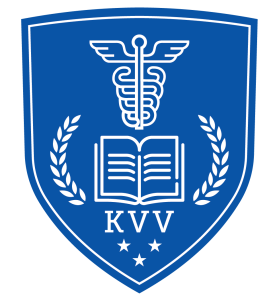Quadrant -I (Video)
CHILD ABUSE AND NEGLECT
CHILD ABUSE AND NEGLECT: Children all over the world are abused and neglected every day. It is essential to recognize children who live under harmful conditions. Dental team is a …
Quadrant - II (Study Material)
1. CHILD ABUSE AND NEGLECT
View FileQuadrant - III (Assignments)
1. CHILD ABUSE AND NEGLECT
1. Define child abuse and neglect. Discuss the role of a dentist in identification, documentation, and reporting of suspected child abuse. Key points to include: Definition by WHO/UNICEF Types of abuse: physical, sexual, emotional, neglect Oral and dental signs (e.g., bruises, fractured teeth, torn labial frenum, burns) Behavioral signs (fear, withdrawal, inconsistent history) Dentist’s responsibilities: Clinical examination Documentation (photos, charts, interviews) Legal/ethical obligation to report Referral to child protection agencies Preventive role: education, awareness, counseling 2. Explain various types of child abuse and their clinical manifestations in the oral and maxillofacial region. Key points to include: Physical abuse: bruises, burns, bite marks, jaw fractures, torn labial frenum Sexual abuse: oral STDs, behavioral signs Emotional abuse: withdrawal, anxiety, poor hygiene Neglect: untreated caries, poor oral hygiene, rampant decay Documentation and follow-up Diagnostic dilemmas (e.g., accidental vs. intentional injury) 3. Write in detail about the dental neglect in children. How can it be recognized and managed in clinical practice? Key points to include: Definition (ADA/AAPD guidelines) Signs of dental neglect: Untreated caries Recurrent infections Delayed treatment despite awareness Differentiation from lack of access vs. intentional neglect Management: Parental education Counseling Referral to social services Legal and ethical duties of dental professionals
